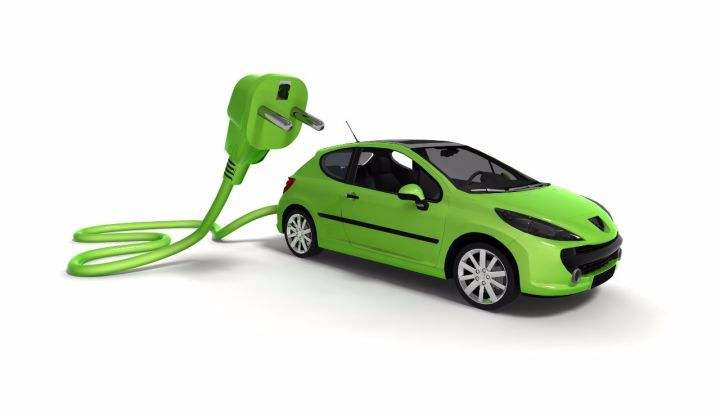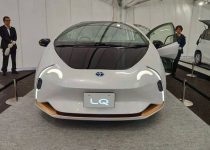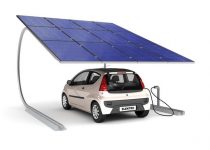What are the main challenges facing electric vehicle adoption
Electric vehicle (EV) adoption has been growing rapidly in recent years, but there are still several challenges that need to be addressed to accelerate this growth and make EVs a dominant mode of transportation. Some of the main challenges include:

- High upfront costs: Although the total cost of ownership for EVs can be lower than that of internal combustion engine (ICE) vehicles, the initial purchase price for EVs can be significantly higher, making them less accessible for many consumers.
- Limited range: The driving range of many EVs is still lower than that of ICE vehicles, which can lead to range anxiety for potential buyers. While the range of EVs is improving, it remains a significant concern for some consumers.
- Charging infrastructure: The availability and accessibility of charging infrastructure is crucial for widespread EV adoption. Insufficient charging stations, especially in rural or remote areas, can limit the practicality of EVs for long-distance travel.
- Charging times: While fast-charging technologies are improving, the time it takes to charge an EV is still longer than the time it takes to refuel a traditional vehicle, which can be inconvenient for users.
- Battery technology: Current battery technology has limitations in terms of energy density, weight, and degradation. Advancements in battery technology are needed to improve the overall performance and lifespan of EVs.
- Limited vehicle models: Although the number of EV models is increasing, there is still limited variety compared to ICE vehicles. This can make it difficult for consumers to find an EV that meets their specific needs and preferences.
- Consumer awareness: Many consumers still have limited knowledge about the benefits and drawbacks of EVs, leading to misconceptions and apprehension about purchasing an EV.
- Government policies and incentives: The level of government support for EVs varies by region, which can impact their adoption. Incentives and policies that promote EVs, such as tax breaks, subsidies, and charging infrastructure development, can significantly influence their adoption rate.
- Supply chain and resource constraints: The increasing demand for EVs also puts pressure on the supply chain for components such as batteries and raw materials like lithium, cobalt, and nickel. Ensuring a sustainable and reliable supply chain is crucial for the growth of the EV market.
- Grid capacity and renewable energy integration: As the number of EVs on the road increases, so does the demand for electricity. Upgrading grid capacity and integrating renewable energy sources can help to support the increasing electricity demand from EVs and minimize their environmental impact.
- Vehicle-to-grid integration: The potential for EVs to act as energy storage and support the grid during peak demand hours requires the development of vehicle-to-grid (V2G) systems. Technical, regulatory, and standardization challenges need to be addressed to enable V2G integration.
- Recycling and disposal: The growth of the EV market raises concerns about the disposal and recycling of used batteries. Developing efficient recycling methods and creating a circular economy for battery materials is crucial for mitigating the environmental impact of EV battery waste.
- Maintenance and repair infrastructure: As EV adoption increases, there is a need for specialized maintenance and repair services, as well as training for technicians. Expanding the availability of these services will be essential for supporting the growth of the EV market.
- Market competition: With the rise of EVs, traditional automakers are transitioning their business models to include electric vehicles. The resulting competition from established automakers and new entrants can influence market dynamics and consumer choices.
- Technological advancements in ICE vehicles: Improvements in the efficiency and emissions of ICE vehicles could slow down the adoption of EVs. Government policies and consumer preferences will play a significant role in determining the rate of EV adoption in this context.
- Overall, addressing these challenges will be critical for the continued growth and widespread adoption of electric vehicles. Collaboration between governments, industry stakeholders, and consumers will be necessary to overcome these obstacles and create a more sustainable transportation future.


